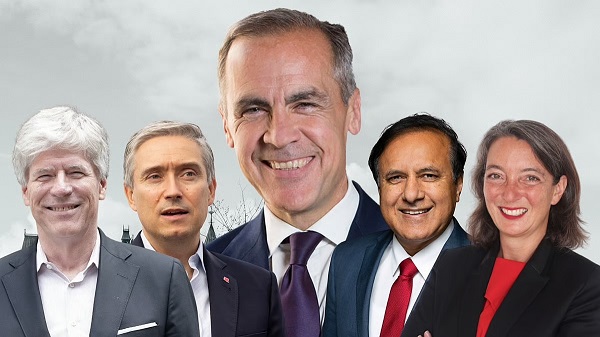Business
Elon Musk’s Time At DOGE Comes To End
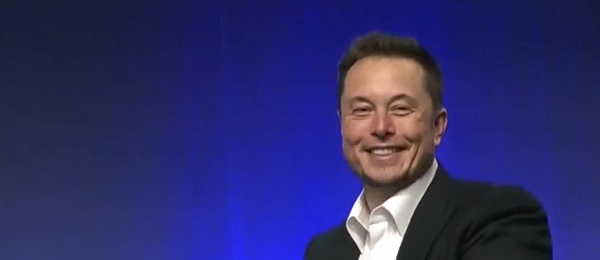

From the Daily Caller News Foundation
By Hailey Gomez
Billionaire Elon Musk announced Wednesday on X that his time working in the Department of Government Efficiency (DOGE) has officially come to an end.
Shortly after his 2024 election win, President Donald Trump appointed Musk to lead DOGE and fulfill his campaign vow of gutting wasteful government spending. In a post on X, however, Musk wrote that his “scheduled time” working as a special government employee has ended
“As my scheduled time as a Special Government Employee comes to an end, I would like to thank President @realDonaldTrump for the opportunity to reduce wasteful spending. The @DOGE mission will only strengthen over time as it becomes a way of life throughout the government,” Musk wrote.
Semafor’s White House correspondent Shelby Talcott later said on X that a White House official confirmed the end of Musk’s time at the administration and that the offboarding would begin Wednesday evening.
Since working to help Trump into office, Musk has helped the administration bring change to Washington D.C. In February, Musk and his DOGE team began to receive massive pushback from Democrats after announcing the cut of the United States Agency for International Development (USAID), leading Democrats and others to protest against the billionaire and his other companies, including Tesla.
During an interview with Fox News’ Bret Baier in March, Musk acknowledged that he and the DOGE team were on a timeline with the administration, technically having a total of 130 days as a “special government employee.” Musk told the Fox host at the time that he believed he and his team would accomplish “most of the work required to reduce the deficit by a trillion dollars within that time frame.”
“We are cutting the waste and fraud in real time. So every day like that passes, our goal is to reduce the waste and fraud by four billion dollars a day, every day, seven days a week, and so far we are succeeding,” Musk said.
DOGE came under the spotlight after USAID reports revealed the program wasted billions in taxpayer-funded dollars, some of which had a high risk of landing in the Taliban’s hands and also aiding an organization linked to the Wuhan Institute of Virology.
While Musk had an initial target to slash as much as $2 trillion from federal spending, the former DOGE member said in April that the team would scale back their goals and instead target $150 billion in federal savings for fiscal year 2026. During that month, Musk also announced he was stepping back as DOGE’s leader, adding his involvement would drop “significantly” in May as the bulk of his reform efforts are “mostly done.”
By May, the billionaire said at the Qatar Economic Forum that he would also pull back his political donations.
“In terms of political spending, I’m going to do a lot less in the future,” Musk said. “I think I’ve done enough.”
“If I see a reason to do political spending in the future, I will do it,” Musk said. “I do not currently see a reason.”
In a recent interview on Sunday, Musk criticized Trump’s “big, beautiful bill” and stated his concerns about how the package could potentially increase budget deficits.
“I was disappointed to see the massive spending bill, frankly, which increases the deficit, not just decreases it, and undermines the work that the DOGE team is doing,” Musk said.
Automotive
EV fantasy losing charge on taxpayer time

From the Fraser Institute
By Kenneth P. Green
The vision of an all-electric transportation sector, shared by policymakers from various governments in Canada, may be fading fast.
The latest failure to charge is a recent announcement by Honda, which will postpone a $15 billion electric vehicle (EV) project in Ontario for two years, citing market demand—or lack thereof. Adding insult to injury, Honda will move some of its EV production to the United States, partially in response to the Trump Tariff Wars. But any focus on tariffs is misdirection to conceal reality; failures in the electrification agenda have appeared for years, long before Trump’s tariffs.
In 2023, the Quebec government pledged $2.9 billion in financing to secure a deal with Swedish EV manufacturer NorthVolt. Ottawa committed $1.34 billion to build the plant and another $3 billion worth of incentives. So far, per the CBC, the Quebec government “ invested $270 million in the project and the provincial pension investor, the Caisse de dépôt et placement du Québec (CDPQ), has also invested $200 million.” In 2024, NorthVolt declared bankruptcy in Sweden, throwing the Canadian plans into limbo.
Last month, the same Quebec government announced it will not rescue the Lion Electric company from its fiscal woes, which became obvious in December 2024 when the company filed for creditor protection (again, long before the tariff war). According to the Financial Post, “Lion thrived during the electric vehicle boom, reaching a market capitalization of US$4.2 billion in 2021 and growing to 1,400 employees the next year. Then the market for electric vehicles went through a tough period, and it became far more difficult for manufacturers to raise capital.” The Quebec government had already lost $177 million on investments in Lion, while the federal government lost $30 million, by the time the company filed for creditor protection.
Last year, Ford Motor Co. delayed production of an electric SUV at its Oakville, Ont., plant and Umicore halted spending on a $2.8 billion battery materials plant in eastern Ontario. In April 2025, General Motors announced it will soon close the CAMI electric van assembly plant in Ontario, with plans to reopen in the fall at half capacity, to “align production schedules with current demand.” And GM temporarily laid off hundreds of workers at its Ingersoll, Ontario, plant that produces an electric delivery vehicle because it isn’t selling as well as hoped.
There are still more examples of EV fizzle—again, all pre-tariff war. Government “investments” to Stellantis and LG Energy Solution and Ford Motor Company have fallen flat and dissolved, been paused or remain in limbo. And projects for Canada’s EV supply chain remain years away from production. “Of the four multibillion-dollar battery cell manufacturing plants announced for Canada,” wrote automotive reporter Gabriel Friedman, “only one—a joint venture known as NextStar Energy Inc. between South Korea’s LG Energy Solution Ltd. and European automaker Stellantis NV—progressed into even the construction phase.”
What’s the moral of the story?
Once again, the fevered dreams of government planners who seek to pick winning technologies in a major economic sector have proven to be just that, fevered dreams. In 2025, some 125 years since consumers first had a choice of electric vehicles or internal combustion vehicles (ICE), the ICE vehicles are still winning in economically-free markets. Without massive government subsidies to EVs, in fact, there would be no contest at all. It’d be ICE by a landslide.
In the face of this reality, the new Carney government should terminate any programs that try to force EV technologies into the marketplace, and rescind plans to have all new light-duty vehicle sales be EVs by 2035. It’s just not going to happen, and planning for a fantasy is not sound government policy nor sound use of taxpayer money. Governments in Ontario, Quebec and any other province looking to spend big on EVs should also rethink their plans forthwith.
Business
Switzerland has nearly 65% more doctors and much shorter wait times than Canada, despite spending roughly same amount on health care
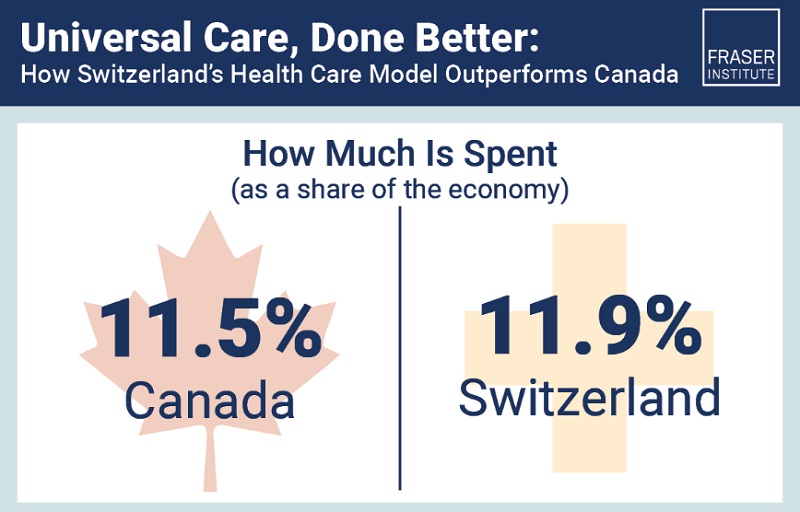
From the Fraser Institute
Switzerland’s universal health-care system delivers significantly better results than Canada’s in terms of wait times, access to health professionals like doctors and nurses, and patient satisfaction finds a new study published by the Fraser Institute, an independent, non-partisan Canadian policy think-tank.
“Despite its massive price tag, Canada’s health-care system lags behind many other countries with universal health care,” said Yanick Labrie, senior fellow at the Fraser Institute and author of Building Responsive and Adaptive Health-Care Systems in Canada: Lessons from Switzerland.
The study highlights how Switzerland’s universal health-care system consistently outperforms Canada on most metrics tracked by the OECD.
In 2022, the latest year of available data, despite Canada (11.5 per cent of GDP) and Switzerland (11.9 per cent) spending close to the same amount on health care, Switzerland had 4.6 doctors per thousand people compared to 2.8 in Canada. In other words, Switzerland had 64.3 per cent more doctors than Canada (on a per-thousand people basis).

Switzerland also had 4.4 hospital beds per thousand people compared to 2.5 for Canada—Switzerland (8th) outranked Canada (36th) on this metric out of 38 OECD countries with universal health care.
Likewise, 85.3 per cent of Swiss people surveyed by the CWF (Commonwealth Fund) reported being able to obtain a consultation with a specialist within 2 months. By comparison, only 48.3 per cent of Canadians experienced a similar wait time. Beyond medical resources and workforce, patient satisfaction diverges sharply between the two countries, as 94 per cent of Swiss patients report being satisfied with their health-care system compared to just 56 per cent in Canada.
“Switzerland shows that a universal health care system can reconcile efficiency and equity – all while being more accessible and responsive to patients’ needs and preferences,” Labrie said.
“Policymakers in Canada who hope to improve Canada’s broken health-care system should look to more successful universal health-care countries like Switzerland.”

Building Responsive and Adaptive Health Care Systems in Canada: Lessons from Switzerland
- Canada’s health-care system is increasingly unable to meet patient needs, with wait times reaching record lengths—over 30 weeks for planned care in 2024—despite significantly rising public spending and growing dissatisfaction among patients and providers nationwide.
- Swiss health care outperforms Canada in nearly all OECD performance indicators: more doctors and nurses per capita, better access to care, shorter wait times, lower unmet needs, and higher patient satisfaction (94% vs. Canada’s 56%).
- Switzerland ensures universal coverage through 44 competing private, not-for-profit insurers. Citizens are required to enroll but have the freedom to choose insurers and tailor coverage to their needs and preferences, promoting both access and autonomy.
- Swiss basic insurance coverage is broader than Canada’s, including outpatient care, mental health, prescribed medications, home care, and long-term care—with modest, capped cost-sharing, and exemptions for vulnerable groups, including children, low-income individuals, and the chronically ill.
- Patient cost participation (deductibles/co-payments) exists, but the system includes robust financial protection: 27.5% of the population receives direct subsidies, ensuring affordability and equity.
- Risk equalization mechanisms prevent risk selection and guarantee insurer fairness, promoting solidarity across demographic and health groups.
- Decentralized governance enhances responsiveness; cantons manage service planning, ensuring care adapts to local realities and population needs.
- Managed competition drives innovation and efficiency: over 75% of the Swiss now choose alternative models (e.g., HMOs, telemedicine, gatekeeping).
- The Swiss model proves that a universal, pluralistic, and competitive system can reconcile efficiency, equity, access, and patient satisfaction—offering powerful insights for Canada’s stalled health reform agenda.

-
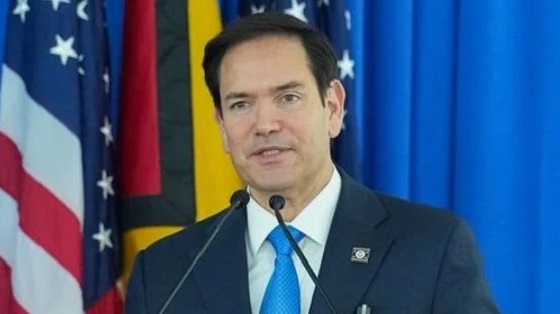
 Business2 days ago
Business2 days agoU.S. to deny visas to foreign censorship enforcers under new Rubio-led policy
-
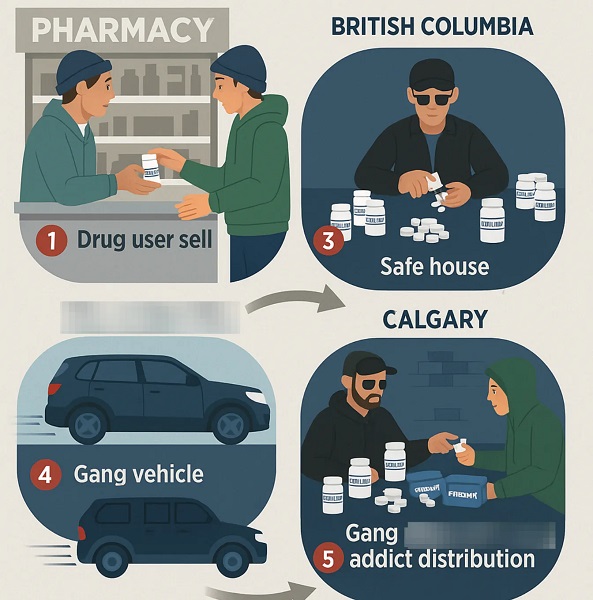
 Crime1 day ago
Crime1 day ago“A Dangerous Experiment”: Doctor Says Ideological Canadian Governments Ignored Evidence as Safer Supply Exacerbated Fentanyl Death Surge
-

 Alberta1 day ago
Alberta1 day agoCanadian doctors claim ‘Charter right’ to mutilate gender-confused children in Alberta
-
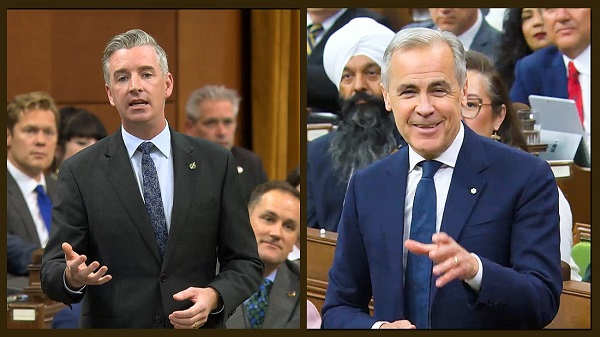
 National1 day ago
National1 day agoQuestion Period : Barrett vs. Carney Clash Over Offshore Investments
-

 Business1 day ago
Business1 day agoBig grocers rigged bread prices and most walked away free
-

 Economy1 day ago
Economy1 day agoCanada’s housing crisis deepens as landuse policies push prices beyond reach
-

 Health1 day ago
Health1 day agoRFK Jr. cancels $700 million mRNA bird flu ‘vaccine’ contract with Moderna over safety concerns
-

 Alberta1 day ago
Alberta1 day agoProvincial pension plan may mean big savings for Albertans






